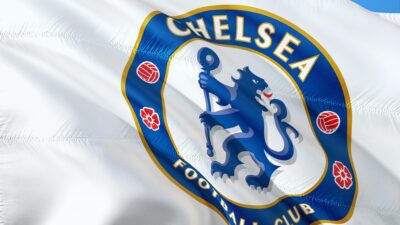As we close the chapter on another thrilling season of the Overwatch League (OWL), it’s time to reflect on the highs, lows, and significant developments that shaped the league over the past year. From rising stars to nail-biting matchups, the 2023 season had plenty to offer fans and players alike. Let’s take a closer look at how the year unfolded and what lies ahead for the OWL.
Highlights of the Season
1. Dynamic Gameplay and Team Evolution
The 2023 season showcased some of the most intense and skillful gameplay seen in OWL’s history. Teams like the Hangzhou Spark and the Houston Outlaws made headlines with their innovative strategies and hero compositions, signifying a shift in meta and the importance of adaptability. Meanwhile, squads such as the Los Angeles Gladiators continued to push the envelope in terms of teamwork and coordination, thrilling audiences with their synchronized plays.
2. Emergence of New Talent
This year witnessed the rise of incredible new talents, with rookie players making significant impacts on their teams. Players like Kyeong-Woo "Reaper" Choi from the Seoul Dynasty dazzled fans with their mechanical prowess, while newcomers such as Yoon "Yoon" Joon-ho demonstrated the possibility of fresh skills influencing established dynamics. The OWL has increasingly become a platform for emerging talent, fostering an environment where new players are given the spotlight to shine.
3. Technology and Spectator Experience
Blizzard Blizzard Entertainment made significant advances in the viewer experience, utilizing cutting-edge technology for broadcasts. Enhanced graphics, detailed statistical overlays, and fan engagement features like live polling transformed the way spectators watched the games. The introduction of augmented reality elements brought an immersive experience, allowing fans to feel closer to the action than ever before.
4. Infrastructure and Expansion
The league continued to grow, not just in terms of viewership, but also infrastructure. More teams expanded into underserved markets, enhancing local support and community engagement. The OWL’s commitment to regional representation became more pronounced, with franchises like the Toronto Defiant establishing strong fanbases. This expansion is essential for sustained growth and interest in the league.
Challenges Faced
1. Meta Shifts and Balance Issues
One of the biggest hurdles this season was the frequent meta shifts and balance changes introduced by Blizzard. While these adjustments intended to keep the gameplay fresh, they sometimes caused frustration among fans and players alike. Teams struggled to adapt quickly, leading to unpredictable match outcomes that occasionally alienated audiences looking for consistency.
2. Player Health and Well-Being
As the demand for high-level performance increased, so did concerns over player health, both mental and physical. The intense competition often led to burnout among players, prompting discussions about the need for better support structures to ensure player well-being. This issue remains paramount as the league continues to grow.
What’s Next for OWL?
1. Sustainable Growth
Looking ahead, the OWL is poised for sustainable growth. The league must continue to understand its fanbase, invest in grassroots initiatives, and improve audience engagement. A strong focus on community-building will ensure that OWL remains a pillar of the esports ecosystem.
2. Enhanced Support for Players
As player welfare takes center stage, we can expect the introduction of more comprehensive support systems. This could include mental health resources, scheduled breaks to prevent burnout, and initiatives focusing on player development and longevity.
3. Strategic International Expansion
In the upcoming seasons, strategic international expansion could pave the way for an even broader audience. Integrating more global teams can enhance diversity and competitiveness, appealing to a wider array of fans. This would also contribute to the league’s overall growth and sustainability, fostering international rivalries and fanbases.
4. Continued Innovation
With technology advancing at a rapid pace, OWL will likely continue to innovate its broadcasting and gaming experiences. Executing new content strategies, interactive fan experiences, and potential partnerships with other entertainment sectors could redefine what it means to engage with esports.
Conclusion
The Overwatch League has come a long way, and as we look back at an eventful year, it’s clear that the league is evolving and adapting to the challenges it faces. While there are hurdles to overcome, the foundation laid this season provides a promising outlook for the future. With the dedicated support of fans, players, and organizations, the OWL has the potential to not only thrive but to redefine esports as a whole in the years to come. As we anticipate the next chapter, there’s no denying one thing—Overwatch League has cemented its place in the esports arena, and the best is yet to come.

